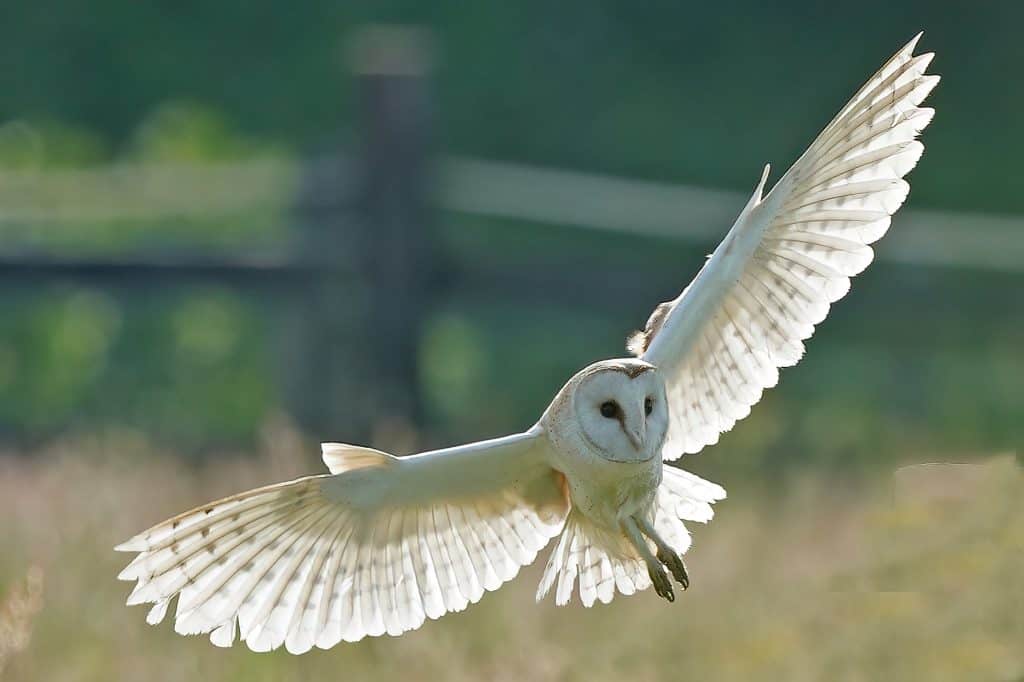Great Tit
Parus major
RSPB Conservation Status – Green
Last seen – 6-4-23
The Great Tit is a relatively large tit species.
The bird’s plumage is distinctive, with a black head and neck, white cheeks, and a yellow-green body.
The male and female look alike, but the male has a slightly wider black bib.
Facts
Population – 2,400,000 territories
Length – 14 cm
Wingspan – 24 cm
Weight – 18 g
Breeding
Great Tits typically breed between March and August, building their nests in tree cavities or bird boxes.
The female lays a clutch of 5-12 eggs, which she incubates for around 12-16 days.
The chicks are fed by both parents and fledge from the nest after around 17-21 days.
Habitat
Great Tits are found in a variety of habitats, including woodlands, hedgerows, parks, and gardens.
They prefer deciduous forests with mature trees, but they can also be found in coniferous forests and mixed woodlands.
In urban areas, they are often found in parks and gardens with plenty of trees and shrubs.
Food
Great Tits are omnivores, feeding on a variety of insects, seeds, and nuts.
They are particularly fond of insects that live in trees, such as caterpillars and spiders, which they extract from bark using their sharp beaks.
Great Tits are also known to feed on nuts and seeds, including sunflower seeds and peanuts.










